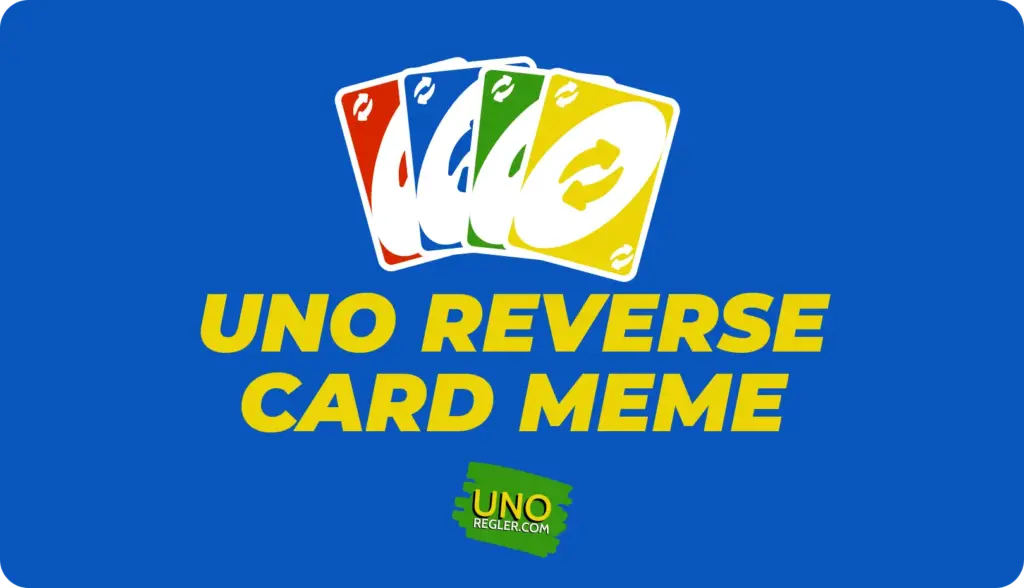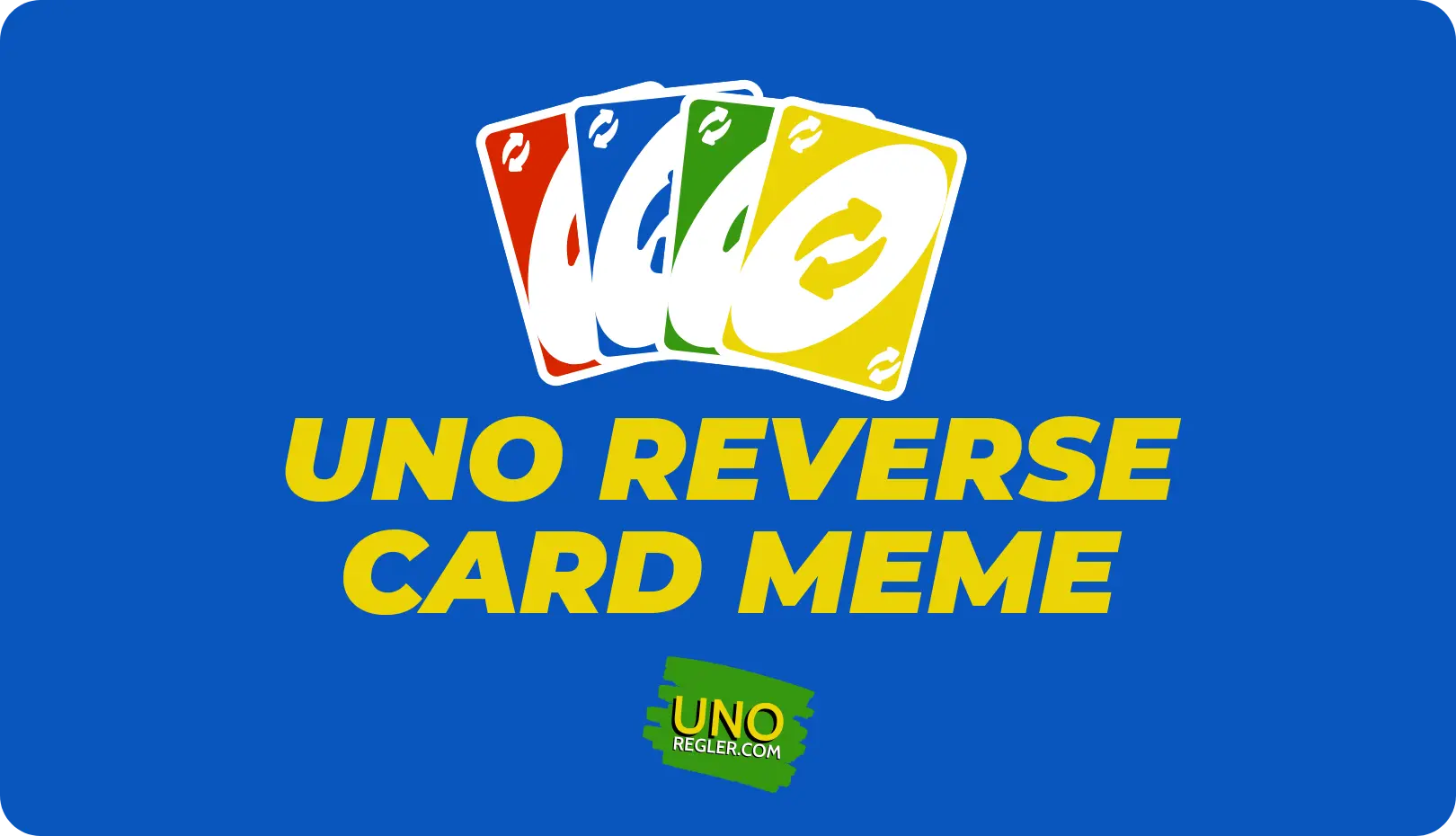
Decoding the Reverse Card: A Comprehensive Guide to Its Meaning and Use
The reverse card, a ubiquitous element in various card games, particularly in the popular game Uno, holds a unique power: the ability to change the direction of play. But its influence extends far beyond simple gameplay mechanics. Understanding the nuances of the reverse card, its strategic applications, and its cultural impact provides valuable insight into the world of card games and strategic thinking. This article delves deep into the reverse card, exploring its origins, variations, and significance.
The Origins of the Reverse Card
While the exact origin of the reverse card is difficult to pinpoint, its widespread adoption is largely attributed to Uno. Uno, created in 1971 by Merle Robbins, quickly gained popularity for its simple rules and engaging gameplay. The reverse card was a key component of Uno’s design, adding a layer of strategic depth without overcomplicating the game. Its inclusion allowed players to not only get rid of their cards but also to disrupt their opponents’ plans. The card’s success in Uno led to its incorporation into other card games, solidifying its place in the gaming world.
How the Reverse Card Works
The primary function of the reverse card is to change the direction of play. In a clockwise game, playing a reverse card makes the game proceed counter-clockwise, and vice versa. This simple mechanic has profound strategic implications. Players can use the reverse card to:
- Skip an opponent’s turn: By playing a reverse card when the next player is likely to make a favorable move, you can effectively skip their turn.
- Set up a favorable play for yourself: If you have a strong hand, using the reverse card to ensure the turn returns to you can be advantageous.
- Disrupt an opponent’s strategy: By changing the direction of play, you can throw off an opponent’s carefully laid plans.
The effectiveness of the reverse card depends heavily on the context of the game. Factors such as the number of players, the cards remaining in your hand, and the cards played by your opponents all influence the optimal time to use this powerful card.
Strategic Applications of the Reverse Card
Mastering the reverse card requires more than just understanding its basic function. It involves anticipating your opponents’ moves, assessing the current state of the game, and making calculated decisions. Here are some advanced strategic applications:
Defensive Play
The reverse card can be a powerful defensive tool. If you are nearing the end of the game and an opponent is close to winning, using the reverse card to disrupt their turn can buy you valuable time to get rid of your remaining cards. This is especially effective if the opponent is holding a draw card or a wild card that could significantly alter the game’s outcome.
Offensive Play
Conversely, the reverse card can also be used offensively. If you have a series of cards that you want to play in quick succession, using the reverse card to ensure the turn returns to you can be a devastating move. This is particularly effective when combined with draw cards, forcing your opponents to accumulate more cards while you deplete your hand.
Bluffing and Deception
Skilled players can use the reverse card to bluff and deceive their opponents. By playing a reverse card at an unexpected time, you can create confusion and uncertainty, potentially leading your opponents to make mistakes. This requires a keen understanding of your opponents’ tendencies and the ability to read their body language.
Variations in Different Card Games
While the reverse card is most commonly associated with Uno, similar cards exist in other card games under different names and with slightly different functionalities. For example, some games may have cards that reverse the order of play and also have an additional effect, such as forcing the next player to skip their turn or draw extra cards. Understanding these variations is crucial for adapting your strategy when playing different games.
The Psychological Impact of the Reverse Card
The reverse card has a significant psychological impact on players. The sudden change in direction can be disorienting and frustrating, especially for players who had a clear strategy in mind. This psychological effect can be leveraged to your advantage by playing the reverse card at key moments to disrupt your opponents’ focus and concentration. The element of surprise is a key component of the reverse card’s effectiveness.
The Reverse Card in Popular Culture
The reverse card has transcended its origins in card games and become a popular meme and symbol in popular culture. It is often used to represent unexpected turns of events, reversals of fortune, or situations where someone unexpectedly gains the upper hand. The meme typically involves someone playing a reverse card in a metaphorical sense, signifying a sudden and dramatic shift in power dynamics. Its widespread use in internet culture highlights the card’s enduring appeal and its ability to resonate with people on a deeper level.
The Future of the Reverse Card
As card games continue to evolve, the reverse card is likely to remain a staple element. Its simple yet powerful mechanic provides a unique blend of strategy and unpredictability that appeals to players of all ages and skill levels. Whether it’s incorporated into new card games or reimagined with innovative twists, the reverse card’s legacy is secure. The enduring popularity of Uno and other games that feature the reverse card is a testament to its timeless appeal.
Tips and Tricks for Using the Reverse Card Effectively
To maximize your chances of success with the reverse card, consider these tips:
- Pay attention to the order of play: Knowing who is next in line and what cards they are likely to play is crucial for timing your reverse card effectively.
- Conserve your reverse cards: Don’t waste your reverse cards early in the game. Save them for strategic moments when they can have the greatest impact.
- Anticipate your opponents’ moves: Try to predict what your opponents are planning to do and use the reverse card to disrupt their strategies.
- Don’t be afraid to bluff: Sometimes, playing a reverse card at an unexpected time can create confusion and uncertainty, even if it doesn’t directly benefit you.
- Adapt your strategy: The optimal way to use the reverse card will vary depending on the specific game you are playing and the cards in your hand. Be flexible and adapt your strategy accordingly.
Conclusion
The reverse card is more than just a simple game mechanic; it’s a symbol of strategic thinking, adaptability, and the unexpected turns that life can take. Its enduring popularity in card games and its widespread use in popular culture are testaments to its timeless appeal. By understanding the nuances of the reverse card and mastering its strategic applications, you can elevate your gameplay and gain a competitive edge. So, the next time you play a card game and draw a reverse card, remember the power it holds and use it wisely.
[See also: Understanding Card Game Strategies] [See also: The Psychology of Game Playing]

